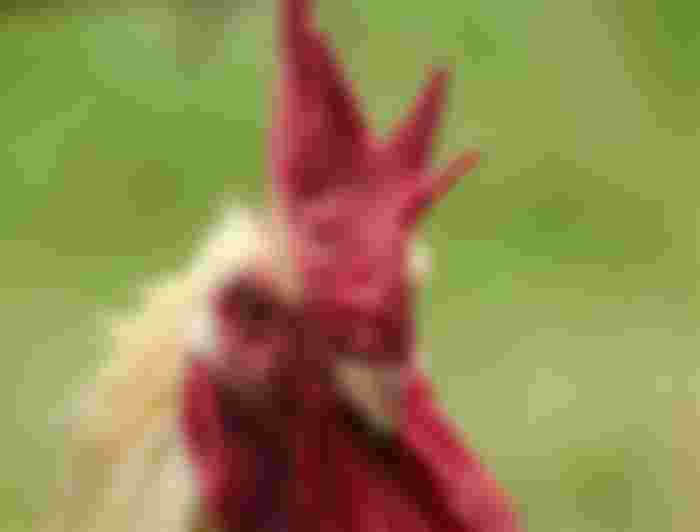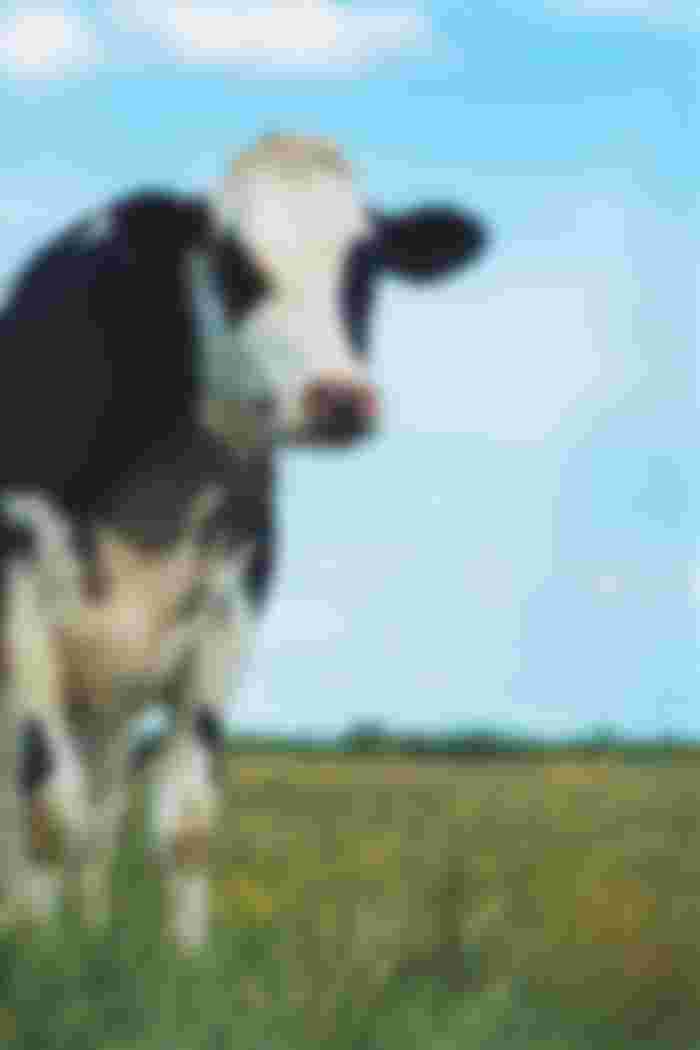Earth –the only place that we can call home. It is the only planet in the solar system that has the characteristics of a habitable planet thus serves as a habitat for millions of organism. Due to the undisciplined acts of humans, the planet that we call home is being ruined little by little. One of the effects of these disruptive acts is climate change. Climate change is the abrupt change of earth’s temperature over a long period of time. It is caused by the increasing number of greenhouse gases in the ozone layer. Countless studies are being done by scientists to eradicate this dilemma.

Livestock is the key to food security. Hundreds of millions of vulnerable people rely on livestock in a changing climate because of animals’ ability to adapt to marginal conditions and withstand climate shocks. Environmental scientists from Food and Agriculture Organization of the United Nation releases a study which states that livestock production is the solution to climate change even though livestock production contributes a large account of greenhouse gases because of feed production, enteric fermentation, animal waste and land use change. The study states that livestock supply chains account for 7.1 GT CO2 which is equivalent to 14.5% of global anthropogenic greenhouse gas emissions. Cattles are responsible for about two-thirds of that total largely due to methane emissions resulting from rumen fermentation. Because methane is a short-lived climate pollutant, reducing emissions of enteric methane can help mitigate climate change, within our lifetimes.

According to the study, low carbon livestock production is possible only that its actions must be much more decisive because the demand for livestock products is continuously increasing especially in low- and middle-income countries. There is a considerable scope for reducing emissions and creating off-sets. Ninety-two developing countries have included livestock in their National Determined Contributions (NDCs) under the Paris Climate Agreement. The political actions are set; the only things that are missing are effective policies, strong institutions and the application of advanced practices.

Food and Agriculture Organization (FAO) proposes three ways to substantially reduce the emissions from livestock productions; productivity improvements that reduce emission intensities; carbon sequestration through improved pasture management; and better livestock integration in the circular bio-economy. FAO also stated that when these ways are combined, they can also contribute to increase the resilience to climate change.
Emission intensities pertain to the emissions expressed per kg of milk, meat, or eggs. Since they vary a lot among producers in the same area, it indicates a considerable scope for improvement. FAO suggested that improving the husbandry practices can reduce emissions by 20 to 30% across all production system. Improving the production of livestock is a win-win situation because it does not only address climate change but it also improves rural livelihoods and food security. There are various practices that can be done to improve the production of livestock. One of which is improving the feed quality through grassland management, pasture species (e.g. grass and legumes mix), forage mix, feed processing (e.g. chopping, urea treatment) and strategic using of locally available supplements. Amending reproductive efficiency and extending the reproductive life of the animal is also a highly suggested practice to improve livestock production. It will improve the lifetime performance per animal thus reducing GHG emission intensities. Reducing the incidence and impact of diseases, parasites, and insect burdens will result in higher productivity and efficiency. Another practice that can be done is breeding. It is the key to increase the productivity by improving traits such as live-weight gain and milk yield or fertility. It can also improve the adaptation of livestock in changing environment, resistance to stress or shocks and diseases. Well-planned breeding programs and conservation of animal genetic diversity can ensure farmers to have access to the best animals that would fit certain environment.
Another solution to climate change that FAO foresight is Carbon Sequestration. Permanent pastures and meadows cover about 3.3 billion ha, which is one quarter of the Earth’s land area and 68% of the global agricultural area. Farmers usually feed their animals through grazing. Grazing has a number of ecological functions and roles which includes biomass removal which fosters regrowth by preventing the accumulation of dead materials, prevents wild fires, regulating hydrology and water quality by producing diverse landscapes, and dispersal of seeds through ingestion and release in dung. Grasslands are estimated to contain 343 billion tons of carbon globally which is nearly 50% more than that is stored in forest worldwide. With the increasing number of livestock sector, poor grazing management, and policy neglect, overgrazing took place. About 20% of grassland around the world is degraded, which reduces the capacity of farmers to adapt to climate change. Simultaneously, under grazing can also result to biodiversity loss, degeneration of productivity, shrub encroachment and fires. The solution for this dilemma is adjusting the grazing pressure by balancing spatial and temporal presence of livestock, fertilization and nutrient management, introduction of species and plant inoculation, improved mobility of animals in pastoral and agropastoral systems, and the integration of trees and pastures (silvopastoralism).
Lastly, FAO suggest better livestock integration in the circular bio-economy to reduce the emission of greenhouse gases. A circular economy minimizes the leaks of energy and materials from the system by re-circulating them in production. If a linear economy uses external inputs to produce outputs and waste wherein they will only take the outputs and disregard the waste, in circular economy, they re-circulate the waste that can be used by the animals and humans. One of the practices in which re-circulating waste products occurs is the increasing crop productivity through animal manure and animal traction. A total nutrient from livestock manure exceeds nutrients from synthetic fertilizers. Better integrating livestock into the circular bio-economy can be achieved by increasing the share of by-products or waste that humans cannot eat in the livestock feed ration or by recycling and recovering nutrients and energy from animal waste (e.g. biogas).
In this millennial world, we must always consider two things: practicality and sustainability. In addressing a large-scale dilemma like climate change, we must think of a win-win solution. Think of a solution that will not only benefit the quarter or half of the world’s population. Formulate a solution that fits the missing piece of a puzzle. It is not bad to hit two birds with one stone.
The Earth is the only place where we can live in. We must conserve the resources that we are enjoying in order to let the succeeding generations to experience it also. If we consume all the resources that are given to us, think how miserable the future generations will be. So we must act now, and do not let our Earth to sacrifice because of our wrongdoings.


